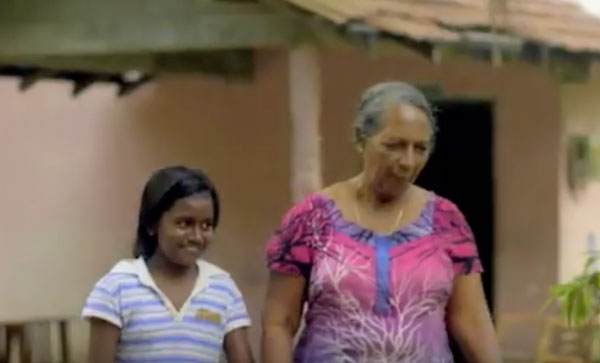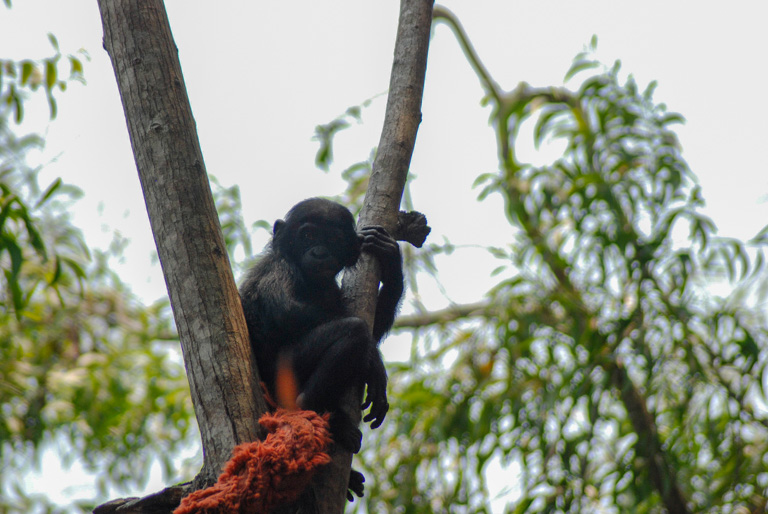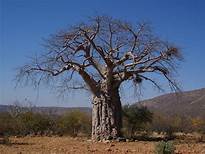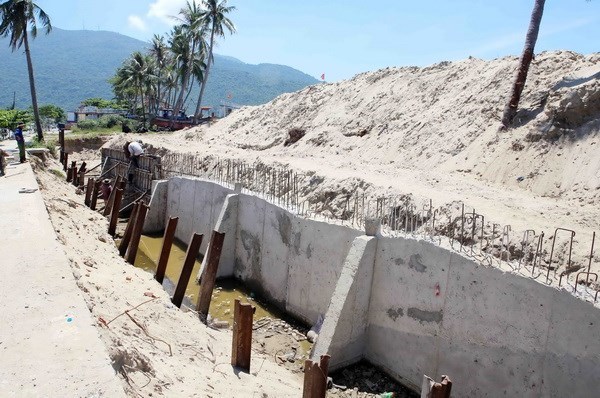Mangrove Heroes – Peace through conservation 
SRI LANKA : After decades of civil war and struggles between Muslims, Buddhists, Tamils and Singhalese, Sril Lanka is finding healing and reconciliation through the restoration and conservation of mangroves. Sri Lanka NGO Sudeesa and US NGO Seacology have teamed to create a working model based on education, business application and replanting to restore the environment and the social fabric of Sri Lanka. Sudeesa Chairman Anuradha Wickramasinghe explains “I realized that to keep the childrens lives about the environment, the most important person is the mother.” Using educational programs designed to teach women about the importance of mangroves, and to help them achieve a level of sustenance without cutting them, the group has created a series of workshops combined with small business loans to teach the women about about conservation and business, in hopes of protecting the environment. One unexpected benefit has been peaceful cooperation between past enemies. “Sri Lanka society has a very great ethnic diversity,” says Wickramasinghe, “ but when we go to work to conserve the mangroves, no one is concerned about ethnic diversity, they are all concerned about bio-diversity.”
WATCH VIDEO AFRICA
Congo adopts a strategy that will bolster community forestry

DRC – The Democratic Republic of Congo (DRC) has put a new community forest strategy in place, a move that proponents say could help provide Congolese with the chance to have a say in the management of the country’s forests. The DRC environment minister, Amy Ambatobe, announced the acceptance of the plan on May 31. “It’s really the first clear restatement of commitment to community forestry that the DRC government has made since it passed into law in 2014,” Simon Counsell, executive director of Rainforest Foundation UK, said in an interview. “Formal community forestry is a very new concept in DRC, so there are not even any local experiences yet to learn from, even if much of the forest has been under de facto community control and ‘informal’ management for hundreds of years,” Counsell said. Stemming from that need, international organizations like Rainforest UK have worked with government agencies, local NGOs and community groups over the past several years to come up with this plan. The goal is to start with a handful of “pilot concessions” and use those experiences to pinpoint any deficiencies in the process over the next five years. READ MORE
Africa's oldest trees are dying, and scientists are stumped

SOUTH AFRICA – In South Africa’s Limpopo province, a baobab tree once grew so large and stood so strong that its human neighbors decided to do the obvious: They built a pub inside the living tree’s thousand-year-old hollow trunk, which measured more than 150 feet around and enclosed two interconnected cavities. For two decades, the Sunland baobab attracted tourists wanting to knock back a pint in a tree. But in August 2016, one of the monster stems forming the interior wall cracked and collapsed. Eight months later, another huge chunk toppled over, and now, five of the giant Sunland stems have collapsed and died, leaving only half of the tree standing. Though the Sunland tree’s demise could sound like a consequence of human visitation, it’s part of an alarming trend: A startlingly high percentage of the oldest, largest baobabs in Africa have died within the last 12 years, scientists report today in the journal Nature Plants. READ MORE
ASIA
MAP Thailand hosts Environmental Education at Ban Tha-Sanook, Thailand

THAILAND – On the 21st of June Mr. Udomsak Pariwatpan (Em), MAP-Thailand’s Field Officer, and myself the new MAP Intern travelled to Phang Nga and Krabi Provinces for a jam packed two days of meetings and environmental education (EE). Being relatively new to MAP, when I was told I would be spending a few days out in the field I was really excited to see some of the on the ground work that the organisation does here in Thailand. The focus of the trip was primarily on carrying out environmental education for school aged children, funded by the LUSH Charity Pot, but also included meeting with the principle and village chief about using the school as a one of two plastic free model schools in Thailand and visiting MAP’s other project sites. The environmental education class consisted of 21 students, aged 14, from a primary school in Ban Tha-Sanook, Phang Nga Province. READ MORE
Mangrove group wins National ENERGY GLOBE Award Bangladesh 2018

BANGLADESH – The Sundarbans coastal region is a disaster prone area and it forms the front line of Global Climate Change; therefore, the coastal people lose their source of drinking water, crops, livestock and farming land due to the negative impact of climate change. Access to clean and safe drinking water is the biggest challenge these communities get to experience each day making them entirely dependent on ponds and rain water for drinking. The solution is to build an Eco Village to help protect the single largest mangrove forest in the world. Bangladesh Environment and Development Society have established a stable Eco Village as a model for sustainable development to improve sustainable management and operational capacity for Eco-Villagers. The project is divided into three components that aim to improve the water system and mangroves through the distribution of energy efficient stoves, solar technology and planting mangroves saplings. READ MORE
Various solutions to sea level rise in Vietnam

VIETNAM – A series of solutions to adapting to sea level rise caused by climate change have been taken in Vietnam, as the phenomenon is posing grave challenges to the ecosystem, biodiversity and natural resources as well as human life. Many researches have affirmed that the sea level is rising in the century with the main cause of climate change. With over 3,260 kilometers of coastline stretching from the north to the south, and about 50 percent of the population living in lowland areas, Vietnam is considered one of the most vulnerable and being negatively impacted by sea level rise. It can be seen that consequences of climate change and sea level rise for Vietnam are serious, including a visible risk for poverty reduction targets, and negative impacts on the realization of millennium and sustainable development goals. READ MORE
AMERICAS
How mangroves help keep the planet cool

USA – Coastal scientists have developed a new global framework to more accurately assess how mangroves along different types of coastlines from deltas to lagoons store carbon in their soil. They found that previous studies have underestimated the blue carbon levels in mangroves by up to 50 percent in some regions and overestimated levels by up to 86 percent in others. Their study published recently in Nature Climate Change will help countries develop and evaluate their carbon footprint and blue carbon inventory that potentially can be used in the global marketplace. "We took a huge step further by testing a robust model that more clearly defines the global variation of carbon storage of coastlines taking into account different tides, river flow, geology and rainfall that occurs around the world," said co-author Robert Twilley, who is Louisiana State University (LSU) Department of Oceanography & Coastal Sciences professor in the LSU College of the Coast & Environment and the executive director of the Louisiana Sea Grant College Program. READ MORE
Recognize Excellence in EE Through an NAAEE Award Nomination!

USA – Do you know of an individual or organization that has accomplished great things in environmental education? You probably do! You probably know multiple people or organizations. This is your chance to recognize the wonderful work of incredibly hardworking individuals and organizations for the benefit of the environment. Please consider nominating an organization for the Outstanding NAAEE Affiliate Award or the Outstanding Service by an Organization Award. Or, you can recognize remarkable individuals who have done great things in EE with these varied award options READ MORE
Editor’s note – We celebrate the recovery of corals in Belize but stress that our efforts must not end here in the defense of these critical habitats. Coral reefs are still perilously close to collapse worldwide.
The Belize Barrier Reef no longer ‘in danger’

BELIZE – Belizeans and environmentalists worldwide are celebrating today at UNESCO’s announcement that the Belize Barrier Reef has been removed from their In Danger list. The site had been added on to the In Danger list for almost a decade ago due to the threat of irreversible damage from coastal construction and oil exploration. Seismic testing for oil was permitted just 10km from the site. Public outcry from Belizeans followed. Local efforts were supported by a collation that included WWF, Oceana, and the Belize Tourism Industry Association. Over the last 18 months, Belize’s government has put in place protections to secure the Belize Barrier Reef from immediate threats.READ MORE
Public support needed for mangroves

CAYMAN ISLANDS – The Department of Environment is continuing its battle to conserve what is left of the Cayman Islands’ natural resources and is turning its attention to mangroves. Despite the challenges the DoE faces with a minister who openly admitted in Finance Committee this week that he does not profess “to be a conservationist” and has previously signaled his dislike of the National Conservation Law, the department is still trying to do its part, using that legislation while it is still in effect, to protect important habitat. But it needs public support for its efforts to persuade Cabinet to accept a species plan to preserve the mangroves. Even though mangroves offer protection from storm surge during hurricanes and flooding and their fundamental importance to marine diversity is well documented, Cayman has had a poor track record protecting them. The mangrove buffers in the development plan have often been ignored and the Central Planning Authority has consistently given developers approval to rip out mangroves, even for projects that never materialized. READ MORE
Uncontrolled invasion of the mangrove area in Progreso, Yucatan

MEXICO – The problem of the Progreso mangrove zone in Yucatan enters a new chapter, since people who previously lived in this place and who were relocated to one of the communities south of the port, leased the property where they had been relocated to someone else, and returned to live to the mangrove area, which has caused the municipality to file three complaints on these irregular events. According to the coordinator of the Department of Ecology, Edilberto Quezada Dominguez, years ago, federal, state and municipal authorities made an effort to relocate several families that had invaded the swamp near Fraccionamiento Flamboyanes; however, some time later, many of those citizens that were benefited with housing in the area, once again invaded the mangrove zone. Because of the above, the Department of Ecology raised three formal complaints against the invaders, who live in deplorable and unhealthy conditions, so it was also noted that the authorities are pending to act immediately and evict these people off the area. READ MORE
LAST WORD
Mangrove Action Day is July 26, 2018

GLOBAL – As part of this years Mangrove Action Day we are raising awareness of the connections people have with mangrove forests by creating a global photography exhibition. Throughout the month of July, we have asked for and received incredible photos from around the world. We invite you to send us your best photos for a chance to be part of a special exhibition that will help spread the importance of mangroves. Special prizes this year for our three chosen winners. Scroll down to get inspired by some mangrove themes and find out other ways in which you can get involved! WAYS YOU CAN ACT READ MORE


























